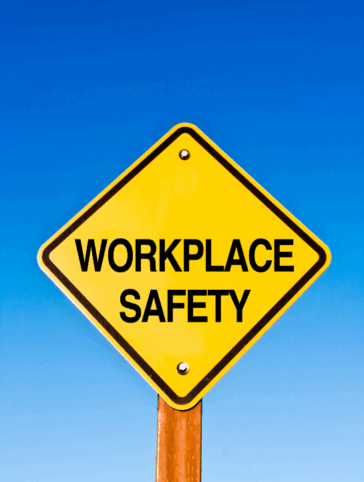Workplace Well-Being Strategies: Help Your Team Thrive
Are your employees over-stressed? A Future Forum survey shows that worker burnout is on the rise. In May 2021, 39% of U.S. workers reported feeling burned out at work. In November 2022, this had risen to 41%.
The Mayo Clinic describes job burnout as a state of physical or emotional exhaustion involving a sense of reduced accomplishment and the loss of personal identity. It can lead to excessive stress, fatigue, insomnia, sadness, anger, irritability, substance misuse, heart disease, high blood pressure, type 2 diabetes, and vulnerability to illness.
Burnout is obviously bad for employees, but it’s also bad for the employer. High levels of burnout can contribute to reduced productivity and engagement as well as higher rates of absenteeism and turnover.
From Wellness to Well-Being
For a while now, employers have recognized the need for a physically healthy workforce. Wellness programs have targeted physical health to reduce healthcare costs, sick days, and turnover.
Now, employers are broadening their approach. According to Gallup, employers in recent years have realized it’s also important to support mental health. Rather than simply focusing on physical wellness, they’re concerned with holistic well-being.
Well-Being Strategies That Work
It’s clear employers need to take action to support employee mental health and overall well-being. In pursuit of this goal, employers have been adding new benefits like expanded mental health coverage, virtual therapy benefits, access to mental health apps, employee assistance programs, and new policies.
All these strategies can help. When deciding what to offer, focus on four essential objectives.
-
Create a Positive Work Environment
Mayo Clinic says unclear job expectations, heavy workloads, and dysfunctional workplace dynamics can contribute to job burnout.
If burnout is high at your workplace, a toxic work environment may be to blame. Ask yourself the following questions.
- Are the workloads reasonable?
- Do employees have the support they need?
- Are expectations clear?
- Do you recognize and reward workers for their accomplishments?
- Do you encourage employees to ask for help and to help each other?
-
Support Work–Life Balance
Mayo Clinic says a lack of work–life balance is another cause of job burnout. Unfortunately, many Americans are failing to achieve the balance they need.
Zippia says U.S. workers have an average of 10 days of paid time off, not including holidays and sick days – the U.S. lags behind other advanced economies in this respect. Furthermore, 28 million Americans don’t have any paid vacation or holidays at all.
Even worse, Zippia says 55% of Americans don’t use all of their paid time off. In some cases, they may have a hard time receiving approval for their time off. In other cases, they may be afraid to ask because they worry their employers will use it against them. Either way, a lack of time off can lead to a poor work–life balance and cause harm in the long run.
Ask yourself if you’re supporting work–life balance.
- Do workers have access to time off?
- Do you encourage workers to use their time off?
-
Embrace Flexibility
Flexibility has become a highly coveted job perk – and it goes hand in hand with work–life balance.
Future Forum says workers with full schedule flexibility report 39% higher productivity and 64% greater ability to focus, whereas employees with rigid work schedules report 4.6 times worse work-related stress and anxiety and 2.6 times worse work–life balance. Workers with rigid schedules are also 2.5 times more likely say they’ll definitely look for a new job in the next year.
Ask yourself how you’re supporting flexibility.
- Do workers have the option to work from home when possible?
- Do workers have flexibility in the hours they work?
-
Include Financial Well-Being
According to the American Psychological Association, 65% of people say money is a significant source of stress.
When workers are stressed about money, they may lose sleep and have trouble focusing. They may also quit because they need to find a job that pays better or move to an area with a lower cost of living.
Employers can help by providing financial resources and benefits.
- Are you offering benefits to support financial health? This could include health, life, and disability insurance as well as retirement savings plans and student loan repayment plans.
- Do you provide tools to support financial literacy? This could include budgeting tools and financial coaching.
- Do you educate workers about their benefits? Many employees don’t use or underuse their benefits. Make sure workers know what’s available to them.
While workplace well-being strategies can help your team thrive, robust safety, risk management and workers’ compensation insurance programs are also essential.
At Tangram, we offer customized insurance programs to help employers manage their business exposures. Contact us.




